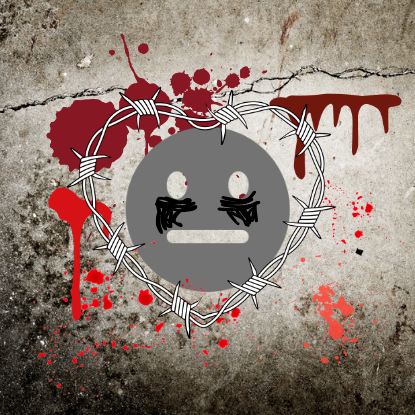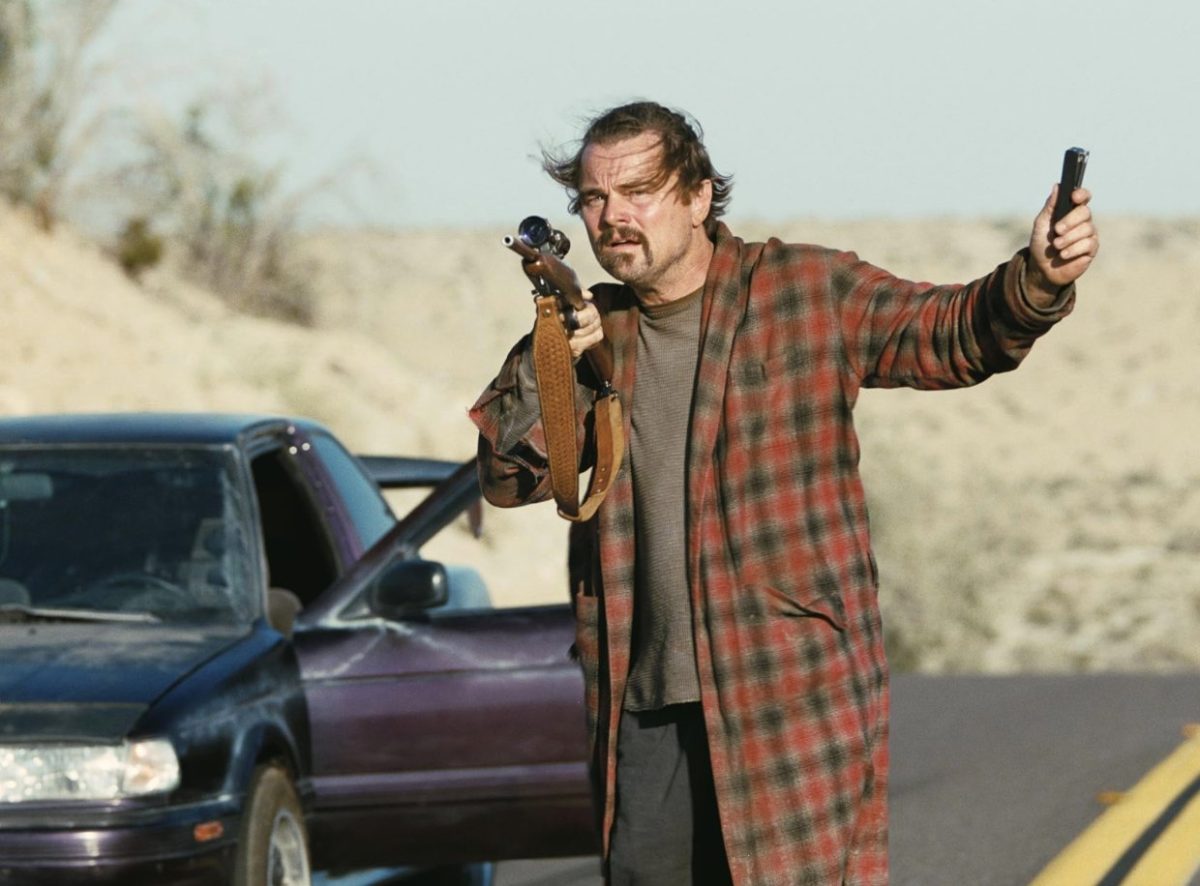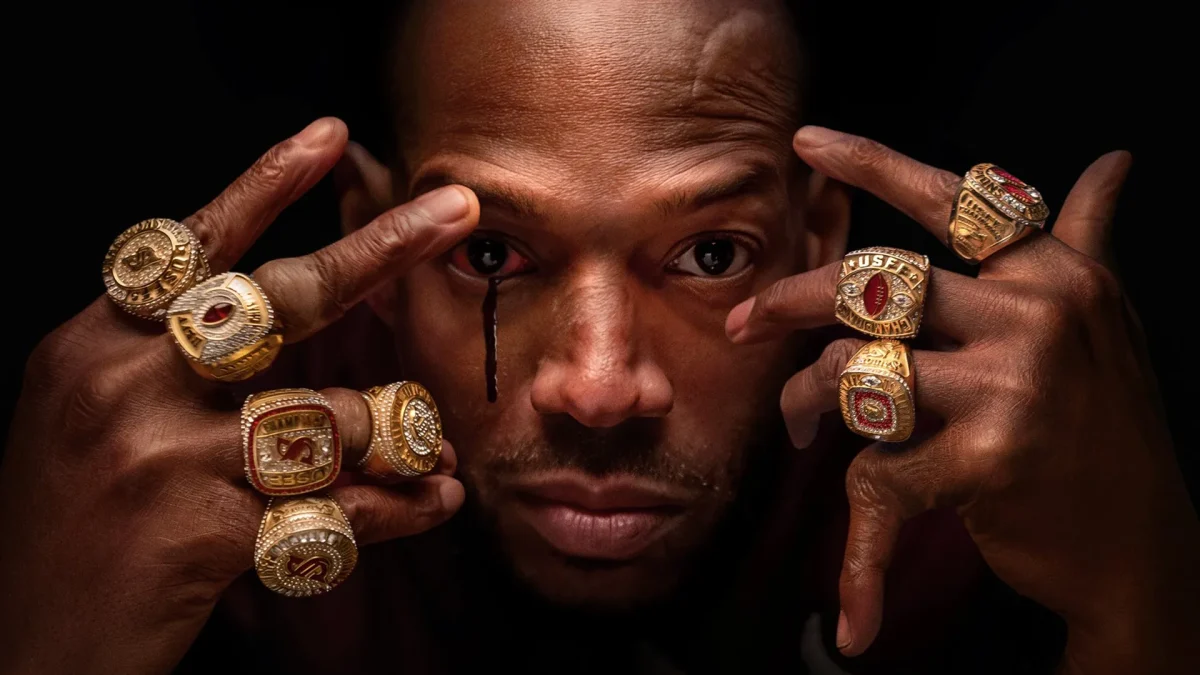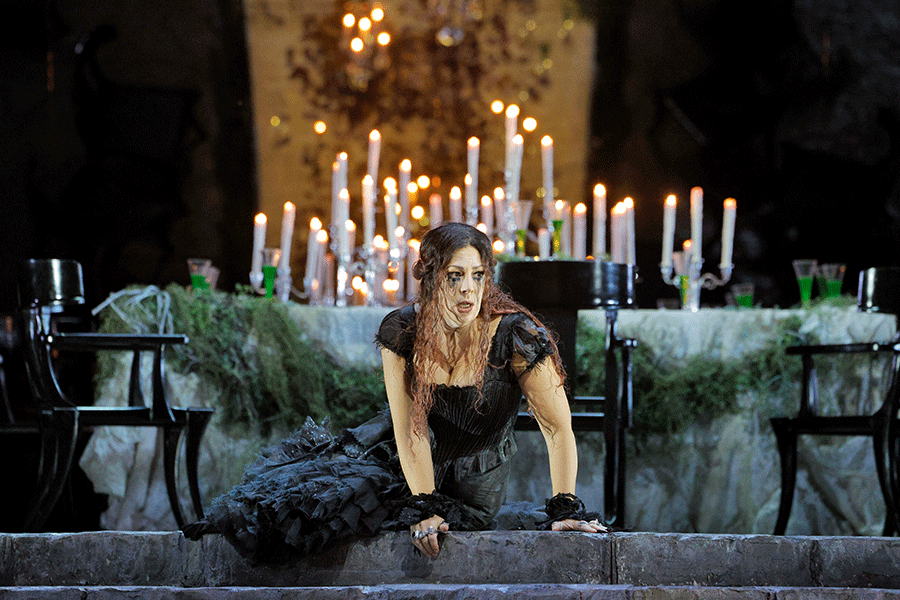Never before have I had to judge if a movie was worth a life. That on its own is an awesome responsibility, but it grows weightier still when you realize that the life in question is that of Bruce Lee’s son.
The Crow is a remake of a 1994 movie in which rock singer Eric Draven and his girlfriend Shelly are slain on the eve of Halloween. The following year, Eric bursts from his grave, staggers back to his former apartment, finds some white makeup and a skin-tight suit, and sets out to kill each member of the gang responsible. It’s not a perfect movie–two of the scenes show Draven simply jamming out for no one on a guitar–but it’s not a wholly bad one. The film features a soundtrack by scores of alternative rock royalty, an intelligent and vibrant use of the color red, and a number of worthy characters.
But now it’s 2024, and Eric Draven has been replaced by Eric (no last name given). He’s played by Bill Skarsgard, who spends the film looking very much like a knock-off Machine Gun Kelly. Eric is a former drug addict, and he meets the woman who will become his girlfriend, Shelly (FKA twigs), at a rehab facility–unless it’s actually a prison; I couldn’t tell. While it’s never made clear how Eric wound up there, Shelly has arrived very much on purpose. She seeks to evade the movie’s villain, Vincent Roeg (Danny Huston), a wealthy man with a voice that gives people ideas–like jumping to their deaths.
Eric and Shelly meet in the lunchroom, grow close, and find a blissful life outside the facility–until Roeg’s henchmen find and murder them. Here, the remake offers an interesting change to the plot: it shows where Eric goes when he dies, a railroad depot inhabited only by an odd old man (Sami Bouajila), his dog, and many crows. The old man explains Eric’s situation: in the land of the living, he can heal from any injury–a power he can use to seek revenge on Shelley’s killers…thereby bringing her back to life.
The theme of death is an ironic subject for The Crow, given what happened during the making of the original: Brandon Lee, who played Eric Draven, was accidentally shot and killed in one scene. Before he died, Lee was captivating in his role–an eerily calm, joke-making “mime from Hell.”
If Bill Skarsgard meant to resurrect Lee, then he must have run the man’s soul through a strainer. The Eric of 2024 has a voice into which a whiny edge keeps creeping, which doesn’t help the fact that the words that come out of his mouth are just not entertaining. Nor is Eric alone. In the original film, one character, a by-the-book police detective, could not say a word that wasn’t cliche or boring. His disease has spread throughout the cast of the remake, making their lines alternately boring, meant to tell instead of show, or plain unbelievable. Roeg, in one of his first scenes, makes a point of telling a person he’s about to kill that he is doing so because of a deal he has made with the Devil. Non-spoiler alert: that demon never shows up, and a setup for an excellent scene or two is lost in a bid to fire off information.
Eric starts the second act as an inept fighter who would die many times over without his undead healing powers. (Be advised that, in this movie, injuries are gory–and given close-ups.) That makes an excellent change to the original: a scrawny ex-junkie is going to have some combat learning to do. Rather than have him accumulate such knowledge over various fights, though, the writers use a quick and tidy plot point to grant him both the needed battle skills and a new, more brutal manner. Skarsgard’s last movie before The Crow was Boy Kills World, and there his character was fascinating: a man who goes from fighting villains to slaughtering whoever gets in his way. The darkness in that character rose gradually, and it had a deeper point. In this one, it’s loaded quicker than a DVD in an optical drive–and just to make sure you know it’s there, two different people Eric kills make a point to mention it.
By the time Eric and Shelly left rehab, I thought that this was the movie Brandon Lee should have died to make. It takes its source in several delicious new directions–and then just stops. The final act is not inventive or expansive, merely violent, and the voiceover that caps it comprises the most hideous dialogue in the entirety of the movie. For all the zombie films it has produced, Hollywood has forgotten one essential lesson: the dead are meant to rest, and whether human or movie, we should let them.









